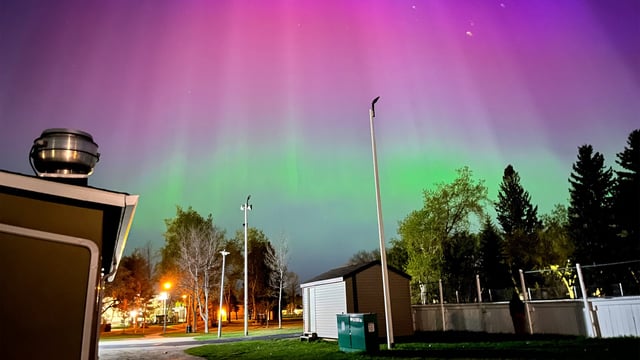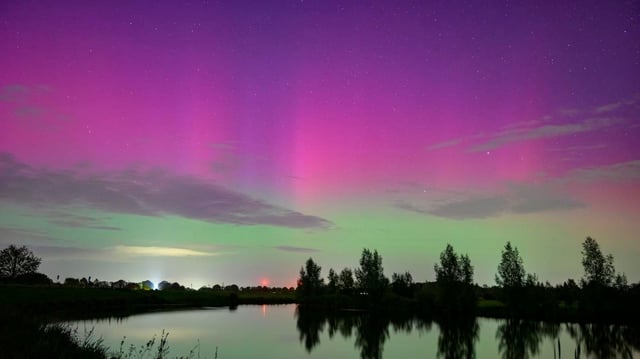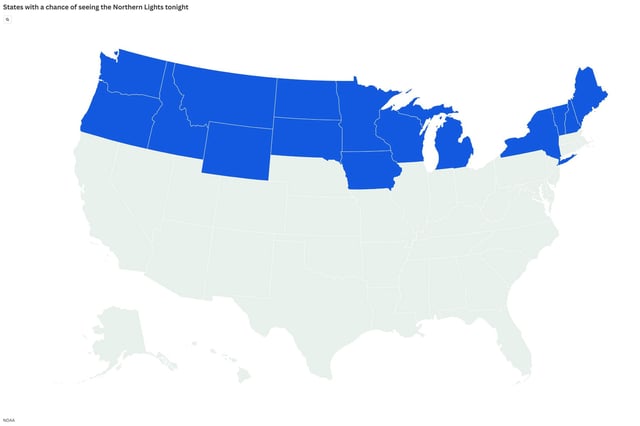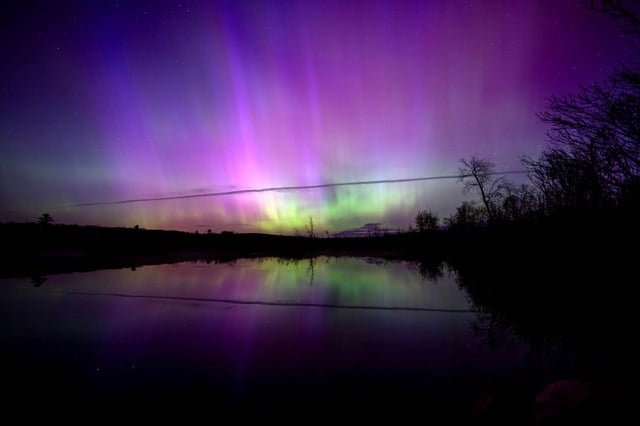Overview
- On May 23, NASA astronaut Nichole Ayers captured a rare aurora borealis display from the International Space Station and posted the video on X.
- NOAA’s Space Weather Prediction Center recorded a Kp index of 6 during the ISS sighting, signaling heightened geomagnetic activity.
- A G1‐class geomagnetic storm is forecast to begin at 1 a.m. Eastern time on May 28 with a predicted Kp index around 5.
- The aurora may be visible from 10 p.m. to 2 a.m. local time across northern-tier states including Washington, Idaho, Montana, North Dakota, Minnesota, Wisconsin and Michigan.
- The sun’s current solar maximum phase and a May 25 X1.1‐class solar flare have increased coronal hole activity, making geomagnetic storms more frequent this season.



